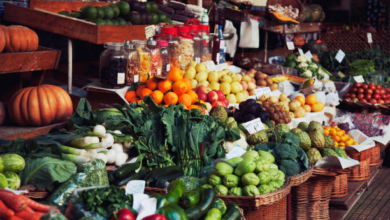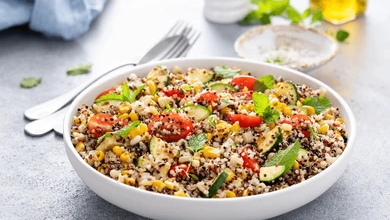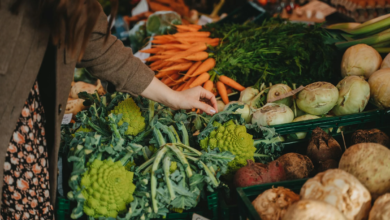How to Perfect the Art of Baking: Tips and Tricks
Learn essential baking tips and tricks to perfect your baking skills. Discover how to measure ingredients accurately, master advanced techniques, and avoid common baking mistakes.
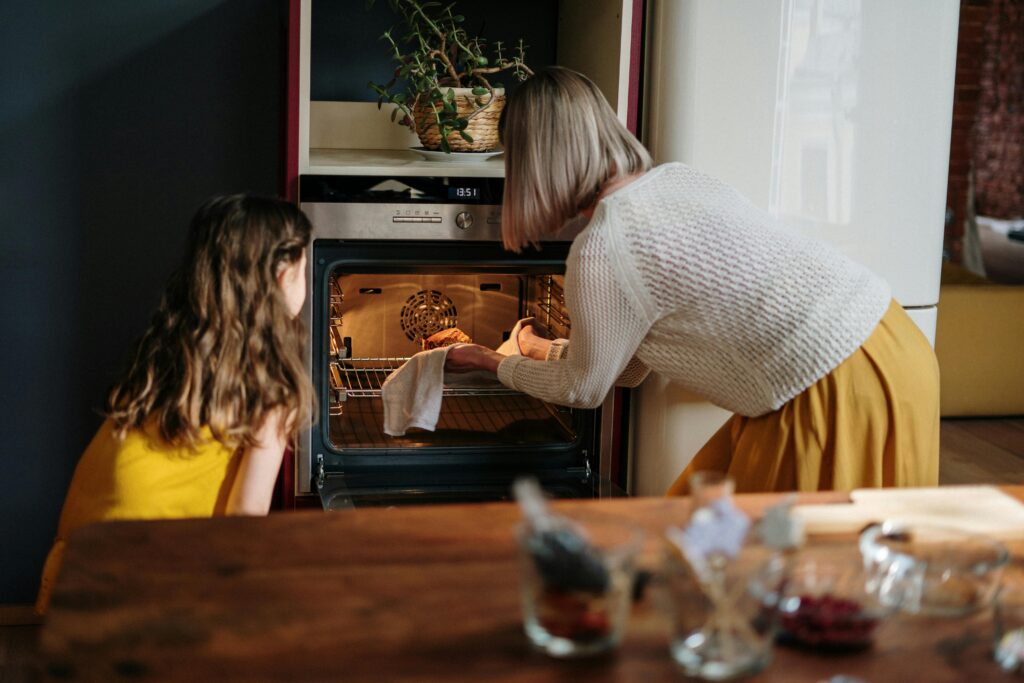
Baking is both an art and a science, offering a unique blend of creativity and precision. The joy of baking comes from creating delicious, homemade treats, but it can also present challenges that require patience and practice. In this article, we will explore essential tips and tricks to help you perfect the art of baking, from mastering the basics to advancing your skills. Whether you’re a beginner or a seasoned baker, these insights will elevate your baking game.
Baking Basics
Measuring Ingredients Accurately
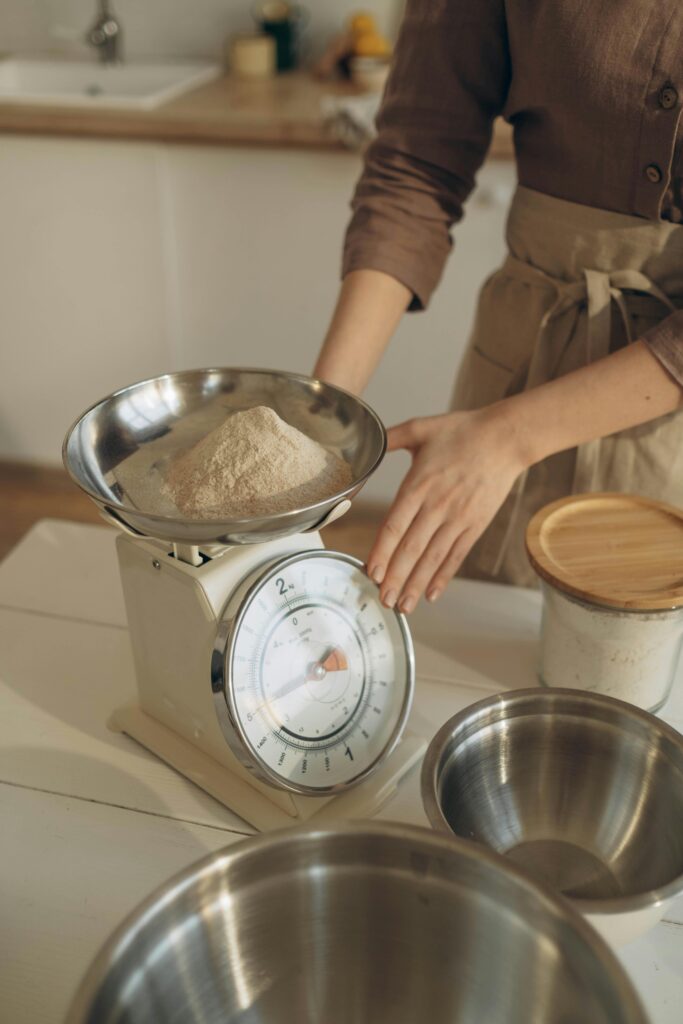
Baking is a science, and accurate measurements are essential. Use a kitchen scale for precise measurements, especially for dry ingredients like flour and sugar. For example, one cup of all-purpose flour should weigh about 120 grams. Measuring spoons and cups should be leveled off for consistency. Spoon flour into your measuring cup and level it with a straight edge rather than scooping directly from the bag, which can pack the flour and result in too much. For more detailed tips on measuring ingredients, be sure to read our article titled “How to Measure Ingredients Properly.”
Understanding Oven Temperatures and Baking Times
Every oven is different, so it’s important to know your oven’s quirks. Invest in an oven thermometer to ensure accuracy. Preheat your oven properly and avoid opening the door frequently to maintain a consistent temperature. For example, if a recipe calls for baking at 350°F, preheat your oven for at least 15 minutes and place the thermometer in the center to check for accuracy.
Using the Right Equipment and Tools
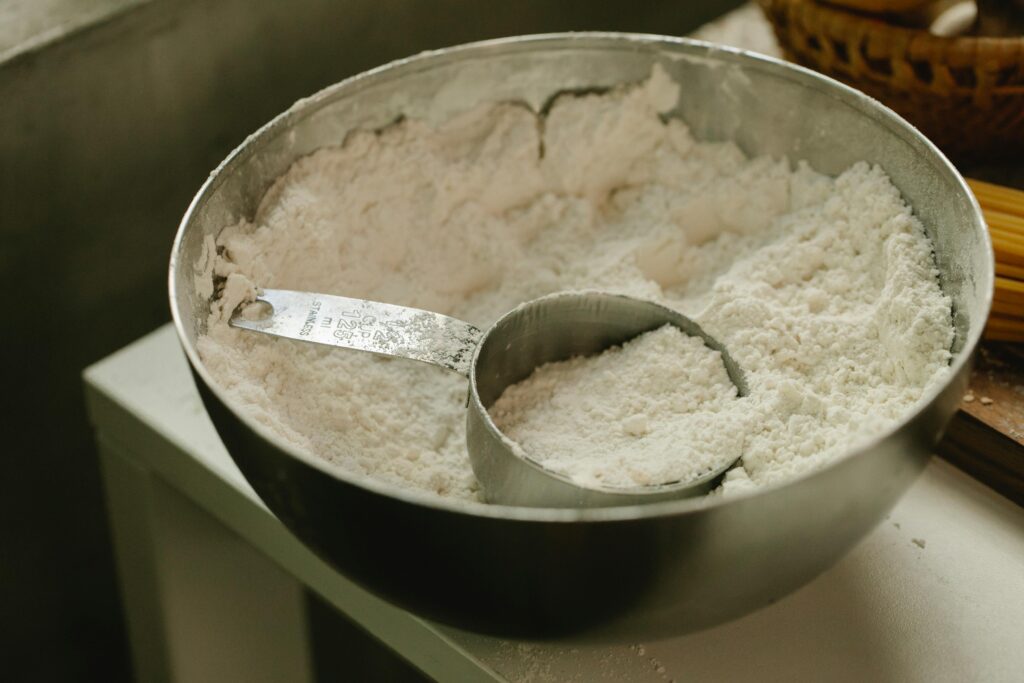
Quality baking tools can make a significant difference. Ensure you have the basics: mixing bowls, whisks, spatulas, measuring cups, and baking pans. Non-stick baking mats and parchment paper can prevent sticking and make cleanup easier.
Ingredient Quality and Freshness
Quality baking tools can make a significant difference. Ensure you have the basics: mixing bowls, whisks, spatulas, measuring cups, and baking pans. Non-stick baking mats and parchment paper can prevent sticking and make cleanup easier. For instance, using a silicone baking mat instead of greasing a cookie sheet can result in evenly baked cookies that don’t stick.
Advanced Techniques
Making Meringue
Achieving perfect meringue requires a clean bowl and whisk, free of any grease. Use room temperature egg whites and add sugar gradually. Whisk until stiff peaks form, and avoid over-beating, which can cause the meringue to collapse. For instance, if making a meringue for a pie, whisk until the peaks stand up straight when you lift the beater.
Tempering Chocolate
Tempering chocolate ensures a glossy finish and a satisfying snap. Melt the chocolate slowly over a double boiler, then cool it down by adding more chocolate or spreading it on a marble surface. Reheat slightly to bring it to the perfect working temperature. For example, dark chocolate should be heated to 115°F, cooled to 82°F, and then warmed to 90°F.
Laminated Dough
Creating laminated dough, like for croissants or puff pastry, involves folding butter into the dough multiple times to create layers. Keep the dough and butter chilled, roll it out evenly, and follow precise folding techniques to achieve a flaky texture. For example, after encasing the butter, roll out the dough into a rectangle, fold it into thirds, and repeat the process several times, chilling in between.
Common Mistakes
Overmixing Batter and Dough
Overmixing can lead to tough, dense baked goods. Mix just until ingredients are combined, especially for cakes and muffins. For instance, when making muffins, stir the wet and dry ingredients together just until no streaks of flour remain.
Incorrect Oven Temperatures
Baking at the wrong temperature can ruin your recipe. Always preheat your oven and use an oven thermometer to check for accuracy. For example, if your cookies are spreading too much, it could be due to an oven running cooler than the set temperature.
Using the Wrong Type of Flour
Different recipes require different types of flour (e.g., all-purpose, bread, cake). Using the wrong kind can affect the texture and rise of your baked goods. Stick to the specified type for best results. For instance, cake flour is finer and has less protein than all-purpose flour, which is ideal for tender cakes.
Fixing Mistakes
If you do encounter issues, don’t be discouraged. For example, if your cake sinks in the middle, it might be due to under-baking or too much leavening. To fix it, check your oven temperature, measure ingredients accurately, and avoid opening the oven door too early.
Baking is a rewarding endeavor that combines creativity with precision. By mastering the basics, practicing advanced techniques, and avoiding common mistakes, you can perfect the art of baking. Remember to experiment and enjoy the process—every baking adventure is an opportunity to learn and improve.
Frequently Asked Questions (FAQs)
- How do I prevent my cake from sticking to the pan?
- Grease the pan well with butter or oil, and dust it with flour. Alternatively, use parchment paper to line the bottom of the pan. For example, after greasing, add a tablespoon of flour, tap the pan to distribute it, and shake out the excess.
- Why did my cookies spread too much?
- This could be due to using too much butter or sugar, or baking at a temperature that’s too low. Chilling the dough before baking can also help prevent spreading. For instance, refrigerate cookie dough for at least 30 minutes before baking.
- How can I tell if my bread is fully baked?
- Tap the bottom of the loaf; it should sound hollow. You can also use a thermometer to check the internal temperature, which should be around 190-210°F (88-99°C) for most breads. For example, insert the thermometer into the center of the loaf to check doneness.
- What is the best way to store baked goods?
- Store baked goods in an airtight container at room temperature. For longer storage, many items can be frozen and thawed as needed. For instance, wrap cakes tightly in plastic wrap and foil before freezing to preserve moisture.

